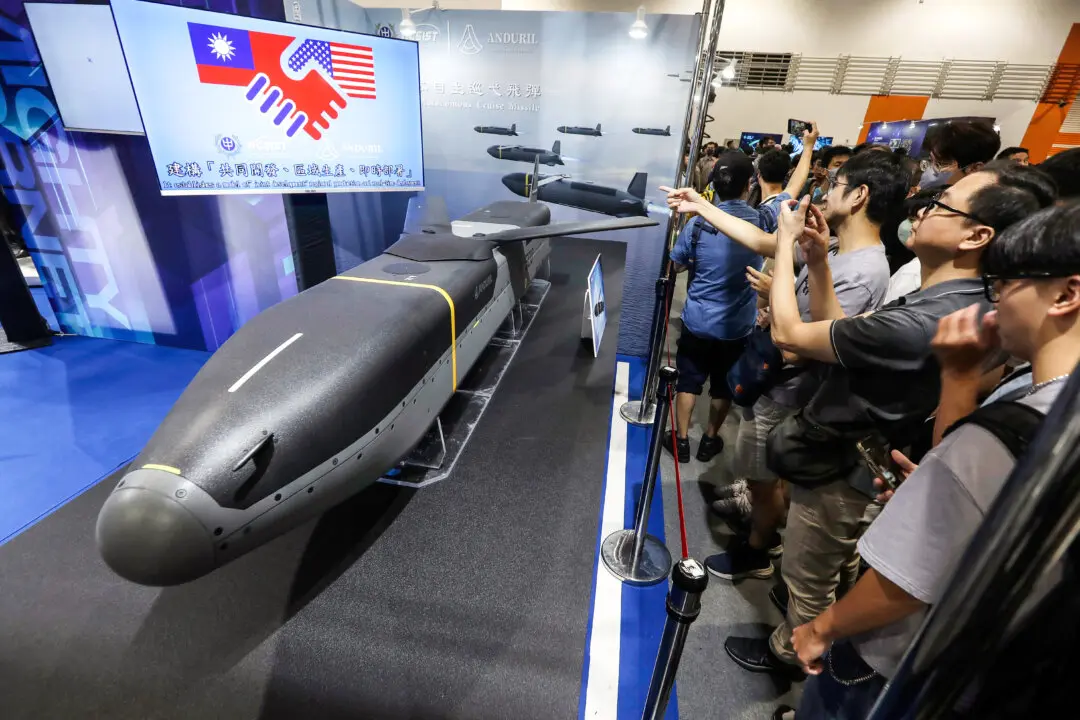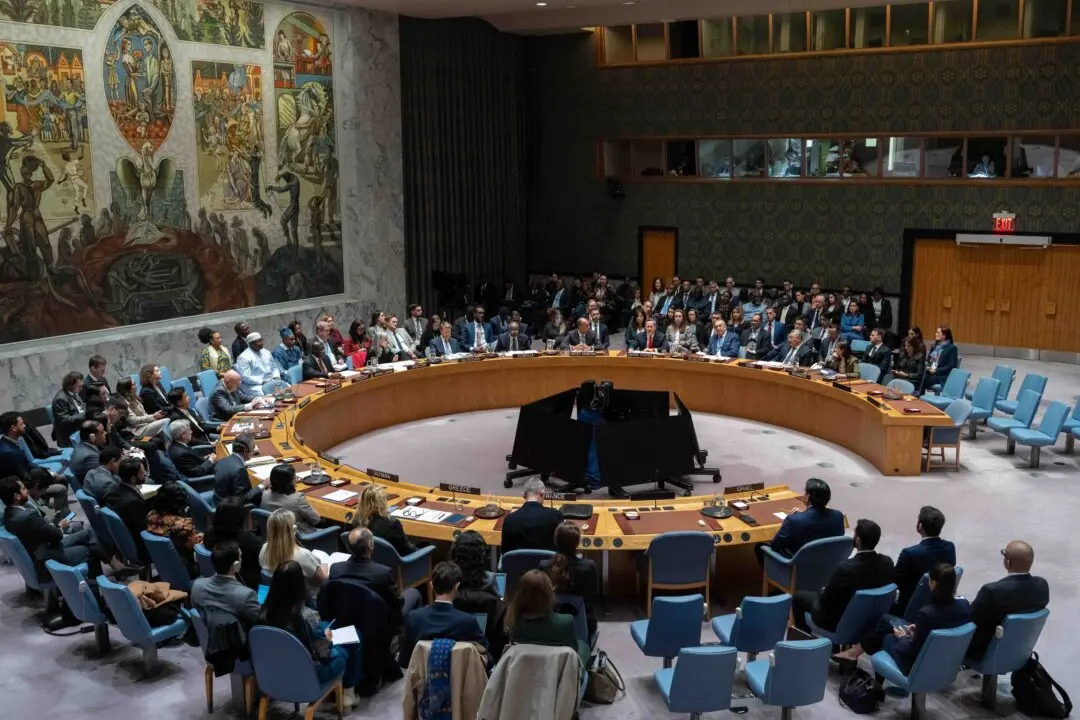There is no clear legal basis for the police to expand their use of Live Facial Recognition (LFR) technology, a select committee of peers said.
Baroness Hamwee, chair of the Justice and Home Affairs Committee, wrote to Home Secretary James Cleverly on Jan. 26, calling for a legislative framework on LFR deployment.





